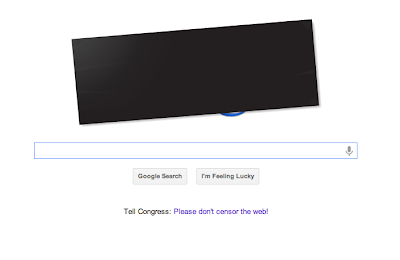So I’ve just started to look at what I collected in London last month, but I’ve actually been thinking about and playing with cognitive maps for the past year or so, and I’ve got some preliminary analysis already.
Primarily, what I see in the maps that I collect from undergraduates, post-graduates, and faculty/academic staff are learning landscapes. There is much talk of learning “spaces,” but I think the problem there with that terminology is that they can be thought of too easily in isolation. “Landscape” implies a network of spaces, with a relationship to each other. Some landscapes are extensive, some are relatively local and limited, but they are all networks, and involve buildings, people, technology, modes of transportation, institutional spaces, commercial spaces, domestic places, and so on. The reasons that people locate themselves in particular places tend to have less to do with the absolute qualities of a particular place, and more to do with a complex calculus of motives, including not just what they want to do in that place, but where they need to be beforehand, and after, with whom they will be (or want to be, or cannot be with).
The map above was generated by a 3rd year student in Project Management for Construction. He has drawn UCL on the left, and then broken UCL down into the various institutional spaces he visits for his academic work (the Library, lecture halls, tutors’ offices). These institutional spaces are embedded in a larger network of cafes, domestic spaces, and even (weather permitting) parks.
This MA student in Russian literature has spaces all over London in her map. Her home has sub-areas she has identified for particular sorts of work, her commute on the bus is earmarked for certain sorts of reading or listening work, and the UCL part of her map includes not just the SSEES library (ostensibly, her academic “home”), but also the Institute of Archaeology library, the Post-graduate common room, the Main library, and various cafe spaces. She has called out her laptop in the UCL spaces as a crucial part of her landscape.
This faculty member in the Institute of Archaeology has separated his London landscape from his other significant locations, and has included labels for London libraries (the British Library, Senate House, the IoA Library, and in particular the Wellcome Library, limned in red), antiquity societies and museums, the Tube, and his office in the IoA. Cambridge is important because of its connection to his brother as much as it is for its academic resources. Yale’s Beinecke gains additional importance because of New Haven’s pizza. His home setup is represented by him in an armchair with his laptop and a cat.
What strikes me most about these maps, especially given that I followed up the mapping exercise with a structured interview (modeled on the V&R instrument) is the relative lack of representations of “the digital.” We get some tools (computers, iPods, phones), and occasional representations of places/services such as Dropbox or Evernote, but in general, the digital is shot through these, but invisibly. If I were to try to layer “the digital” onto a map such as this, it would simply light the entire thing up.
I want to pause here and note that when I first heard “post-digital” in conversation with Lawrie Phipps and Dave White, I was incredibly annoyed. What on earth could they mean by that? It smacked of “post-racial,” which in my experience is a phrase used by people keen to deny particular sorts of realities. But these maps, and the interviews that accompanied them plus the last 3 years (yikes) I’ve spent working on the Visitors and Residents project have apparently made me less resistant to the idea of “post-digital” than I would have been if I’d heard about it when the 52 group (Dave Cormier, Richard Hall, Lawrie Phipps, Dave White, Ian Truelove, and Mark Childs) came up with their concept paper in 2009.
I think I have post-digital learning landscape maps here. The digital is just understood. It’s water to these academic fish. And it’s not just academics; people generally take the digital so much for granted, that when we ask them (as we do in the Visitors and Residents structured interviews) to think about what they do “with technology” or “on the web” they are taken aback, they have to think about disentangling it to talk about it separately, because their everyday practices are so completely wound around digital tools and places. The role of the digital is practically unspeakable, we in our interviews are asking them to describe what it’s like to breathe. And when people do talk about technology, it takes very few sentences indeed for them to switch over to talking about people, or information–that is, the stuff they are accessing via technology is far more important, and far more the point, than the technology itself.
From the 52 group’s 2009 concept paper, thanks to Doug Belshaw and his blog for leading the way to the cite:
“Not only is the digital subservient to the social, it is, in some ways (and soon most ways), transparent. We are moving towards a postdigital age where the tools driven by the microprocessor are common to the extent to which they will no longer be noticed. As the ‘digital’ calculator and the ‘digital’ watch have become calculators and watches, so will the ebook become a book and IM become ‘message’: the ‘instant’ will be taken for granted. Things digital will be accepted alongside our other technologies and the slate swept clear of many of the distracting dualisms (and technological factions) that pervade the educational discourse. The postdigital frees us to think more clearly and precisely about the issues we face, rather than become tied to an obsession with, and the language of, the new.”
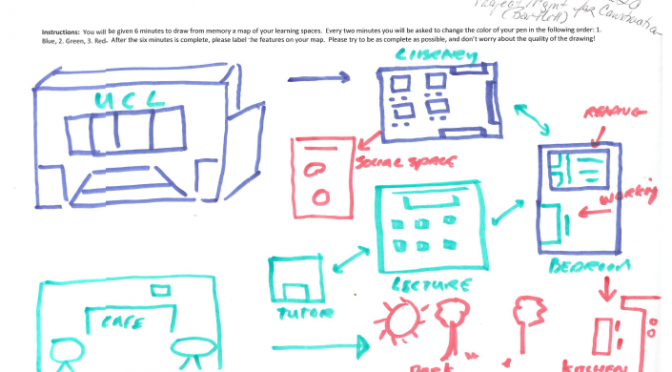
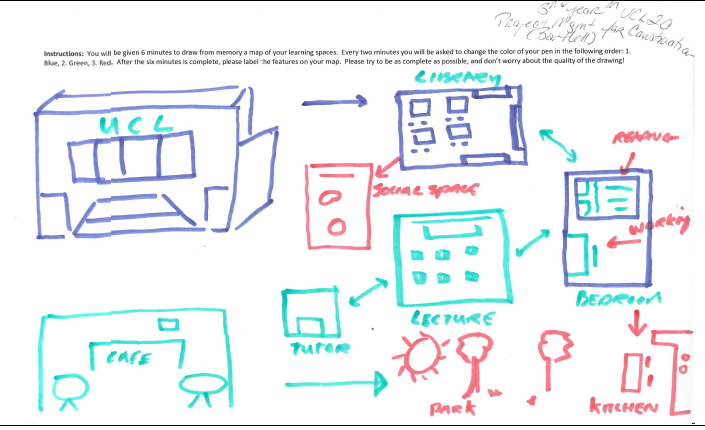
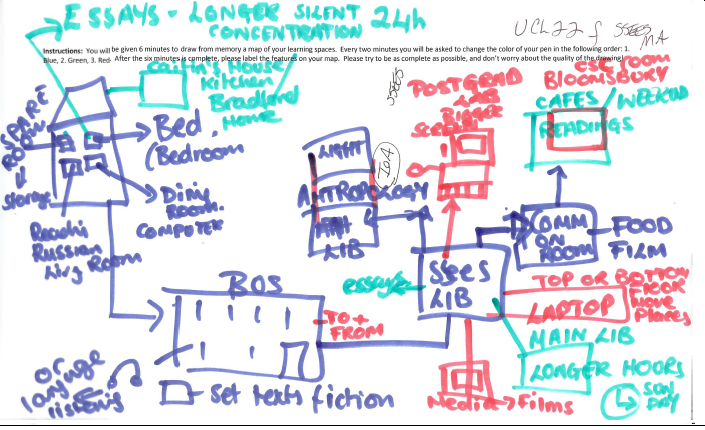
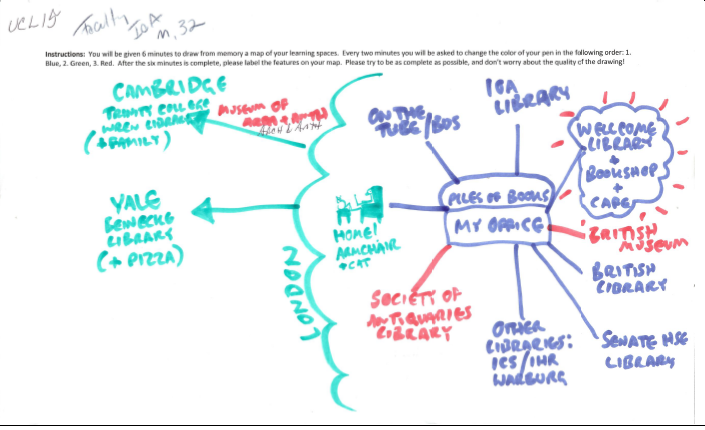

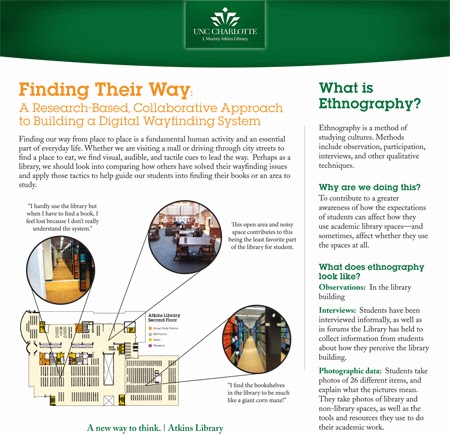.jpg)










